TWR Supercat arrives with 669hp supercharged V12
TWR's £225k XJS restomod looked good on a computer screen; the real thing is something else...

You see a lot more renders than physical, three-dimensional concepts nowadays. The technology has come such a long way that a digital car is almost imperceptible to the real thing, and mocking up a concept on a computer is vastly more cost-effective than building a full-scale model. So when a concept makes the jump from the digital realm to reality, you know it’s only a matter of time before it's parked up on someone’s driveway. That’s where TWR is now at with its Jaguar XJS-based Supercat and, better yet, it’s a fully operational prototype - screaming supercharged V12 and all.
The rebooted TWR (director Furgus Walkinshaw is Tom’s son) has spent the last six months stripping a decrepit old XJS and drastically overhauling every inch of it, from the practically new supercharged V12 to the radical Khyzyl Saleem (better known as @TheKyza) redesign. And to prove that the Supercat has now transitioned into the real world, TWR invited PH along to its secret headquarters (just around the back of Podium Place in Newbury) to get a closer look.
And my, there’s certainly a lot to look at. Sure, there are still traces of the original XJS design, particularly the ultra-thin pillars around the cockpit, but you don't need to study it particularly hard to realise there’s very little carried over here. Obviously, there’s the broad-shouldered bodykit, giant splitter and a ducktail spoiler at the back, all of which are made from carbon fibre, but it’s the smaller details that show just how much attention has been lavished on this XJS ‘restomod’. Take the buttresses, for instance. These were filled on the original car with a thin plastic strip mimicking an opening, but on the Supercat they’ve been opened up to channel more air towards the rear spoiler. TWR found the buttresses were particularly draggy when it began CFD (computational fluid dynamics) testing the XJS, so there’s now a small spoiler above the rear window to clean up airflow.
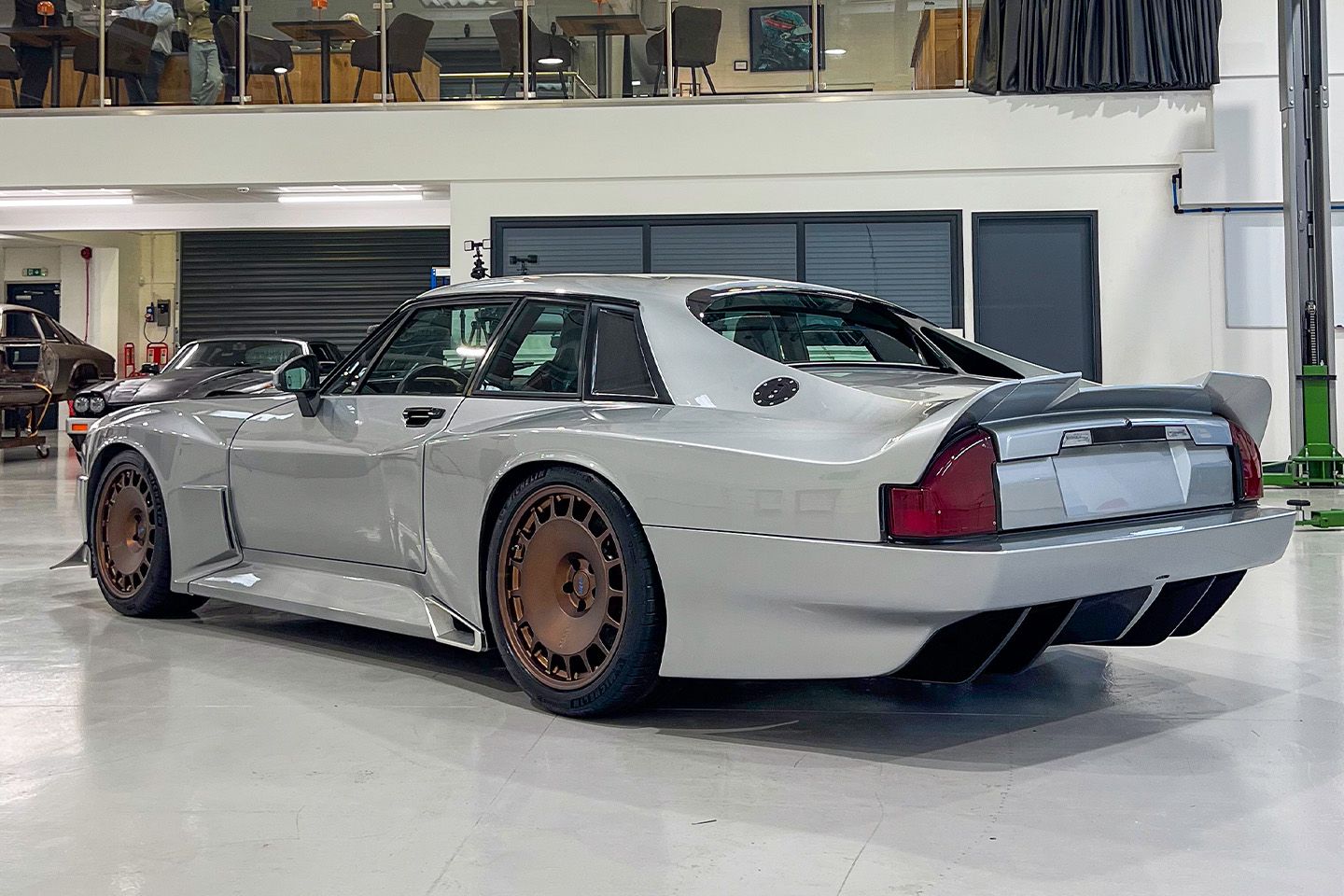
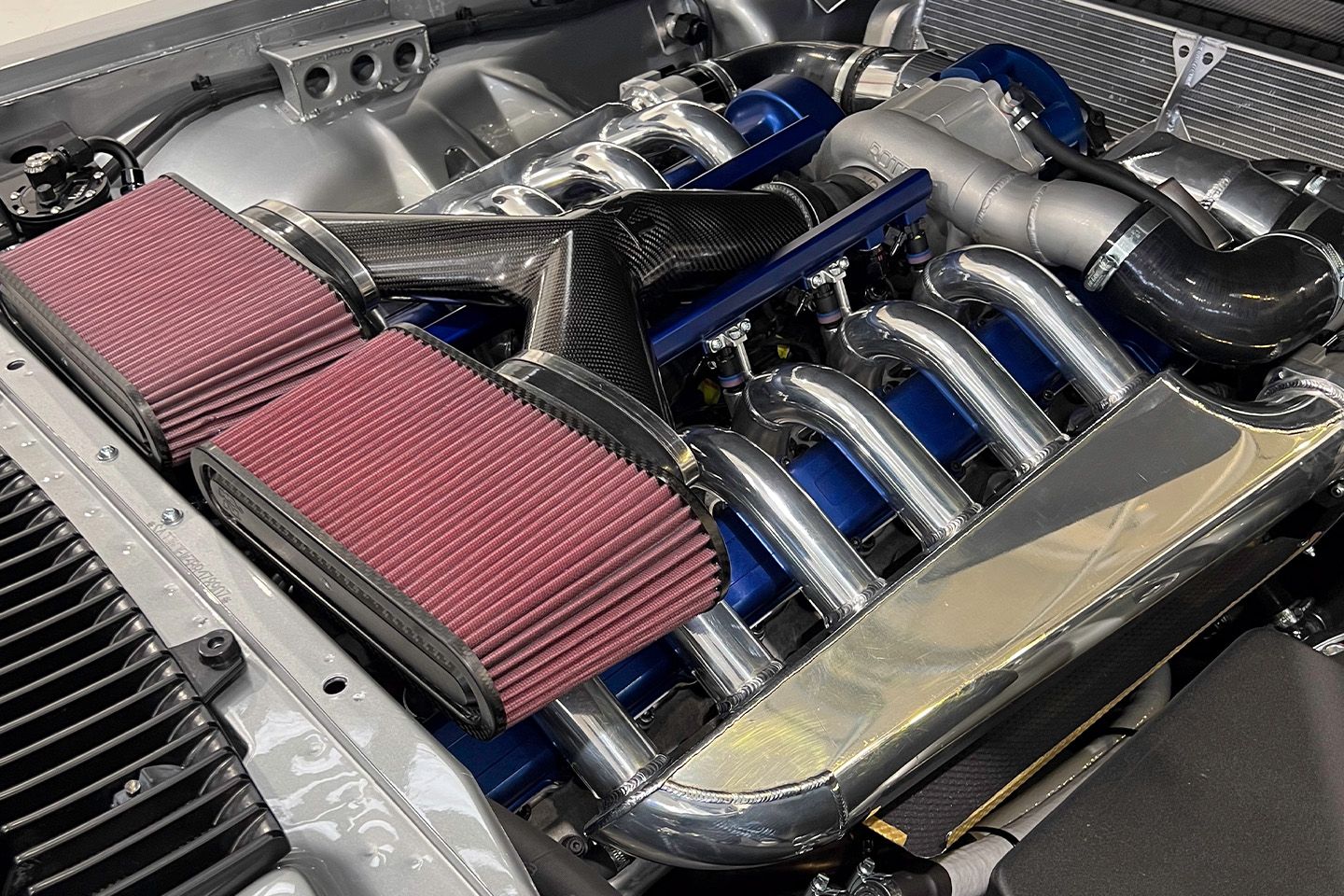
“It’s aggressive in an eloquent way”, says Saleem. “I take great pride in taking cars [that are underrated] and turning them into something people haven’t necessarily seen before. You have TWR’s original group A touring car, which in its own right was very wild, but the '70s and '80s era of modification and design in general was also pretty wild. You had your Listers, your Koenigs, but also Jaguar’s design language with the XJR-9, XJR-15 and XJ220 as well. So, it’s using that as inspiration to create something that I felt worked with this car in its own right.”
Saleem points to the rear diffuser, for example, as being heavily inspired by the XJ220, only with a few more carbon fibre fins and the exhaust relocated to side skirts. It too has been optimised in CFD and, while it doesn’t have a flat floor, it extends well into the mid-section. “We know it produces downforce”, says TWR co-owner John Kane, “[but] we don't have a figure as of yet.” However, the aim hasn’t been to pile downforce onto the Supercat, rather the focus has been on managing airflow over the XJS’s aerodynamically inefficient body which, as Saleem interjects, created “a lot of lift”.
More so now it’s developing over double the power of the original. The Supercat’s V12 keeps the same block and head as the XJS donor car, though its internals have been gutted and replaced with newly designed pistons, con rods, cams, springs and valves, all of which are designed and built in-house. It’s also been bored out from 5.3 to 5.6 litres, and there’s of course a whacking great supercharger bolted on top, all of which helps deliver 669hp at 7,600rpm and 538lb ft of torque from 5,350rpm. That’s all channeled to a limited-slip diff at the rear through an Xtrac six-speed manual gearbox, which is the only transmission TWR plans on offering.
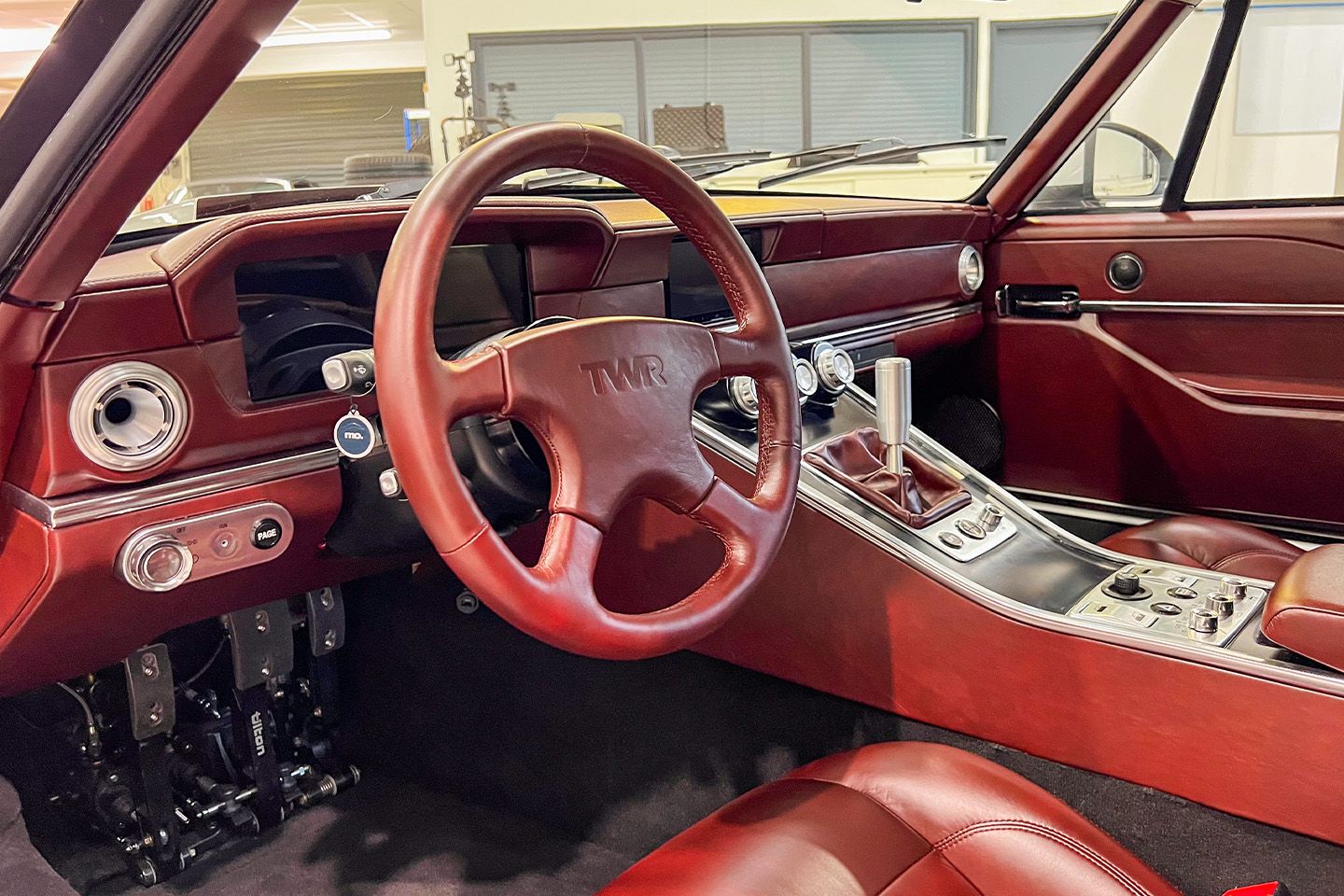
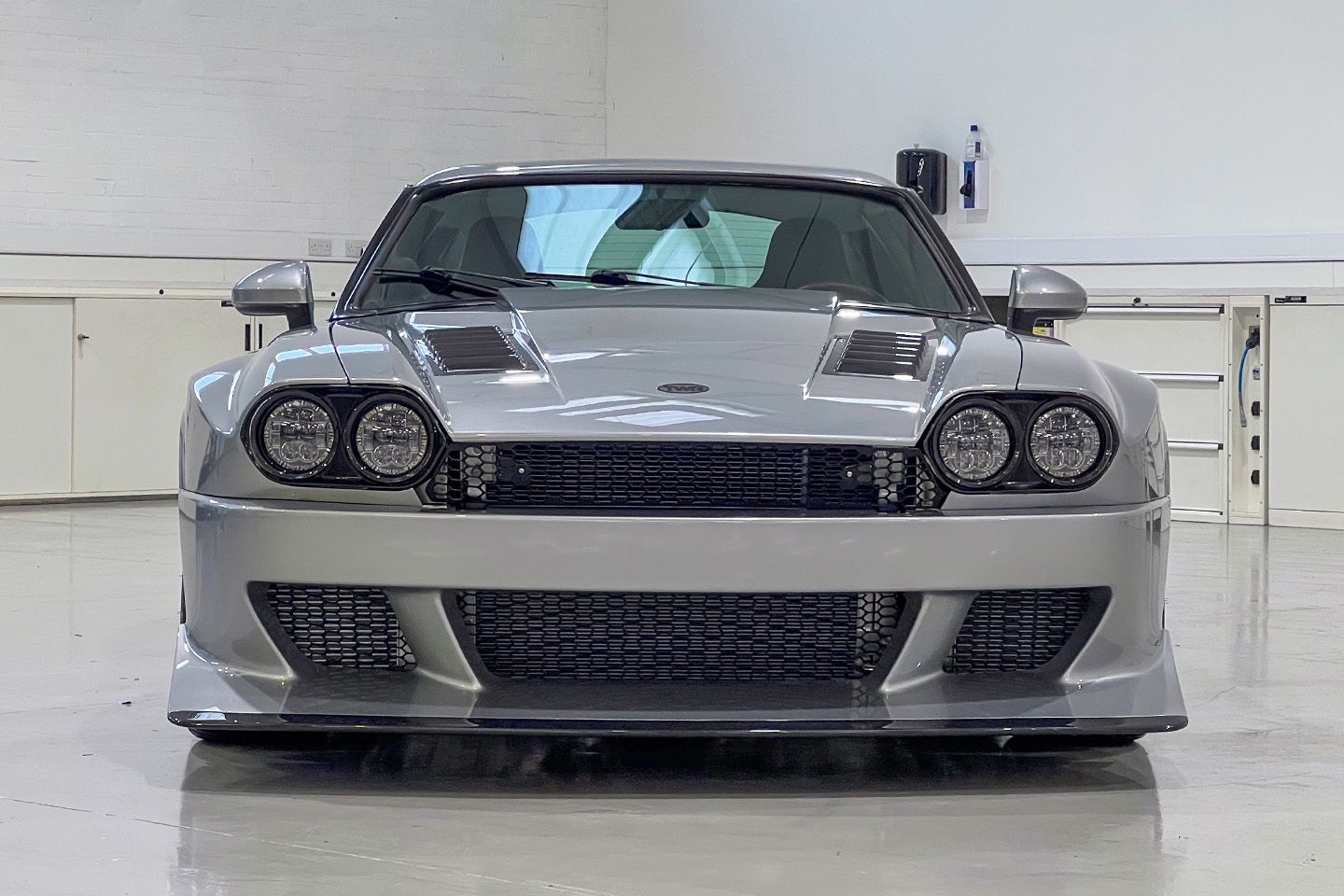
That’s a lot of grunt for a car knocking on the door of its 50th birthday, and while it doesn’t look like much of the original car is carried over to the Supercat, it’s still underpinned by a donor chassis. However, once a donor car comes into the workshop, it’s stripped right back to the bare metal (don’t worry, TWR says ‘a huge amount’ of the old components get sent off to local Jaguar specialists) and treated for corrosion. At the same time, a steel roll cage is welded in, though it’s positioned right up against the pillars and hidden behind interior trim so it’s out of sight, and additional seam welds are put in to drastically improve rigidity. It’s then sent off to be chemically treated against corrosion, before being sent back to TWR for the full Supercat conversion.
It’s here where the XJS becomes almost unrecognisable from the donor car. The original XJS suspension is replaced by TWR’s in-house designed double wishbone layout at the front and multi-link at the rear, which are paired with TracTive adaptable dampers. If the chiseled shoulders weren’t enough of a giveaway, the new suspension and HRE-developed forged wheels (18-inch up front, 19-inch at the back) have extended the track to 1,604mm, the overall width to 1,975mm - some 182mm more than the base car - and it also sits 51mm lower at 1,210mm. All that carbon contributes to a kerb weight of 1,605kg, which is a saving of 165kg over the donor.
But the Supercat isn’t intended to be a featherweight V12 supercar (we're talking about an XJS here). Nope, instead it's being positioned as a ‘super GT’, and that’s reflected in the vastly overhauled leather-clad cabin. Behind the carbon-backed seats is a larger luggage area, with the deletion of the rear bench opening up enough room for all the golf clubs you could ever want. Again, very little of the original car remains, though the four-spoke steering wheel, the very same design used in the TWR XJS and XJ220, serves as a nice touch to the company’s roots.
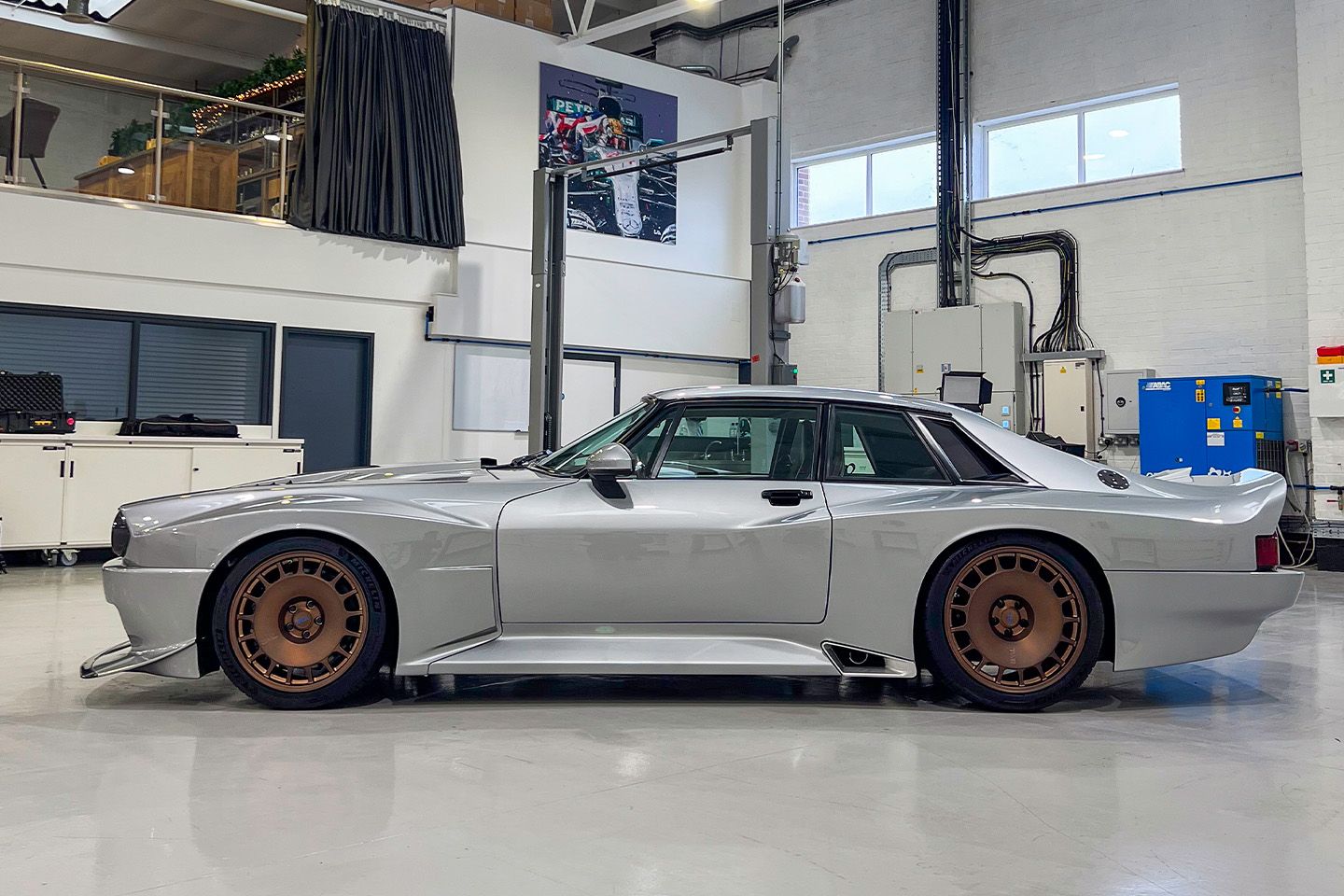
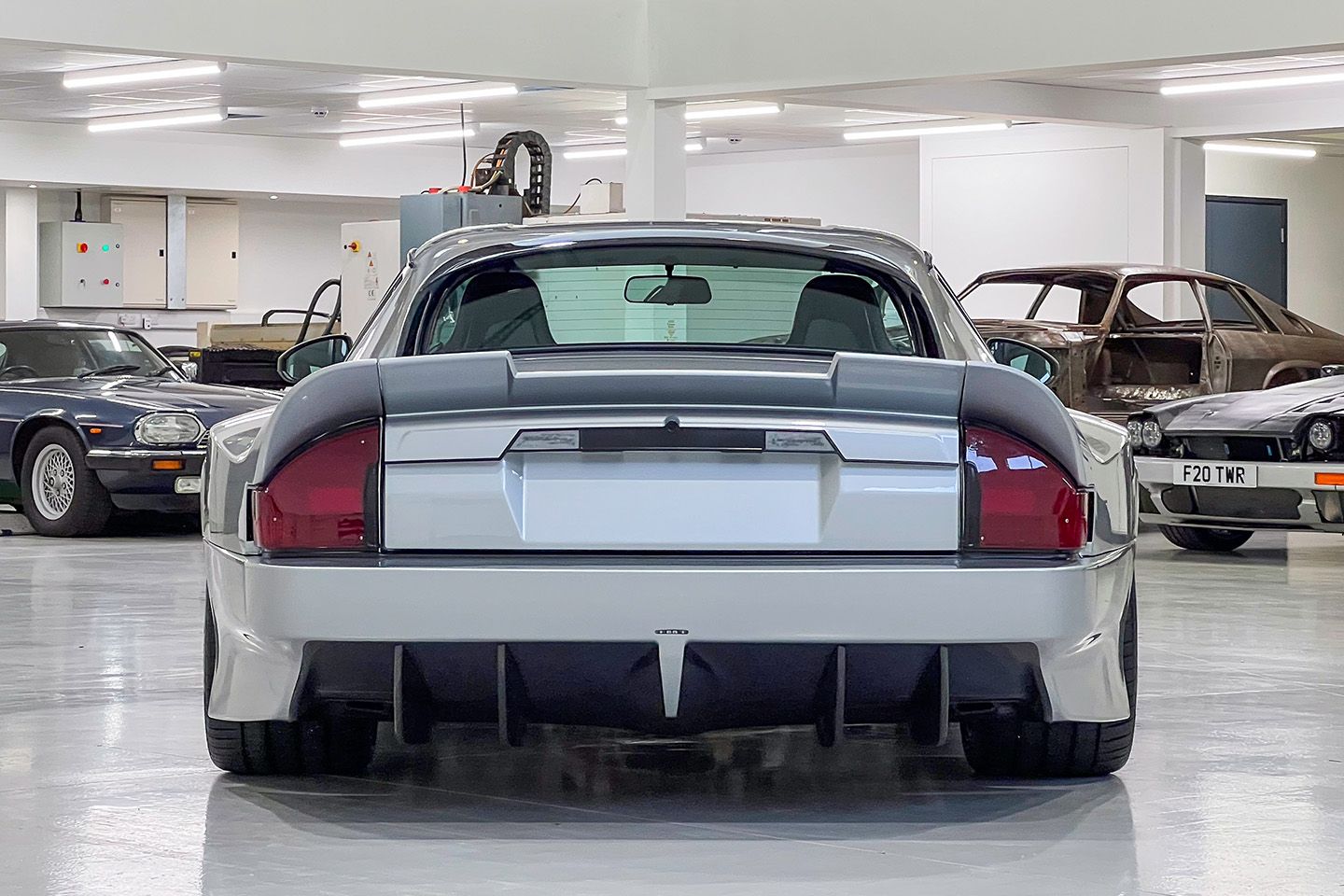
What may prove a touch more divisive, however, is the instrument panel. It’s now a digital unit that replicates the look of the original cluster, only with a higher redline and a speedo that tops out at 200mph. There’s also an Alpine touchscreen with Apple CarPlay support in the centre of the dash, but the cabin otherwise remains wonderfully analogue. For instance, the dials for the engine map, traction control and dampers look like they’ve come straight off a guitar amp, while the climate control rotors are milled from aluminium and light up with a cool blue hue. It’ll surely be a lovely place to spend many hours driving across Europe, V12 purring until called upon.
And it won’t be long before the lucky 88 (after TWR and Jaguar’s Le Mans win in 1988) who bag a built slot will get to experience it firsthand. TWR’s aiming to get deliveries underway next summer, with prices starting at £225,000 before tax. That doesn’t include the cost of the donor vehicle, but because Jaguar made so many of them (it’s believed over 115,000 were built over a 21-year production run) finding one needn’t be difficult or expensive. This 1989 HE should do the trick at £8,750. However, if you can’t quite stretch to the near quarter of a million price tag, you can currently pick up TWR’s first stab at a souped-up XJS for a £205k discount.

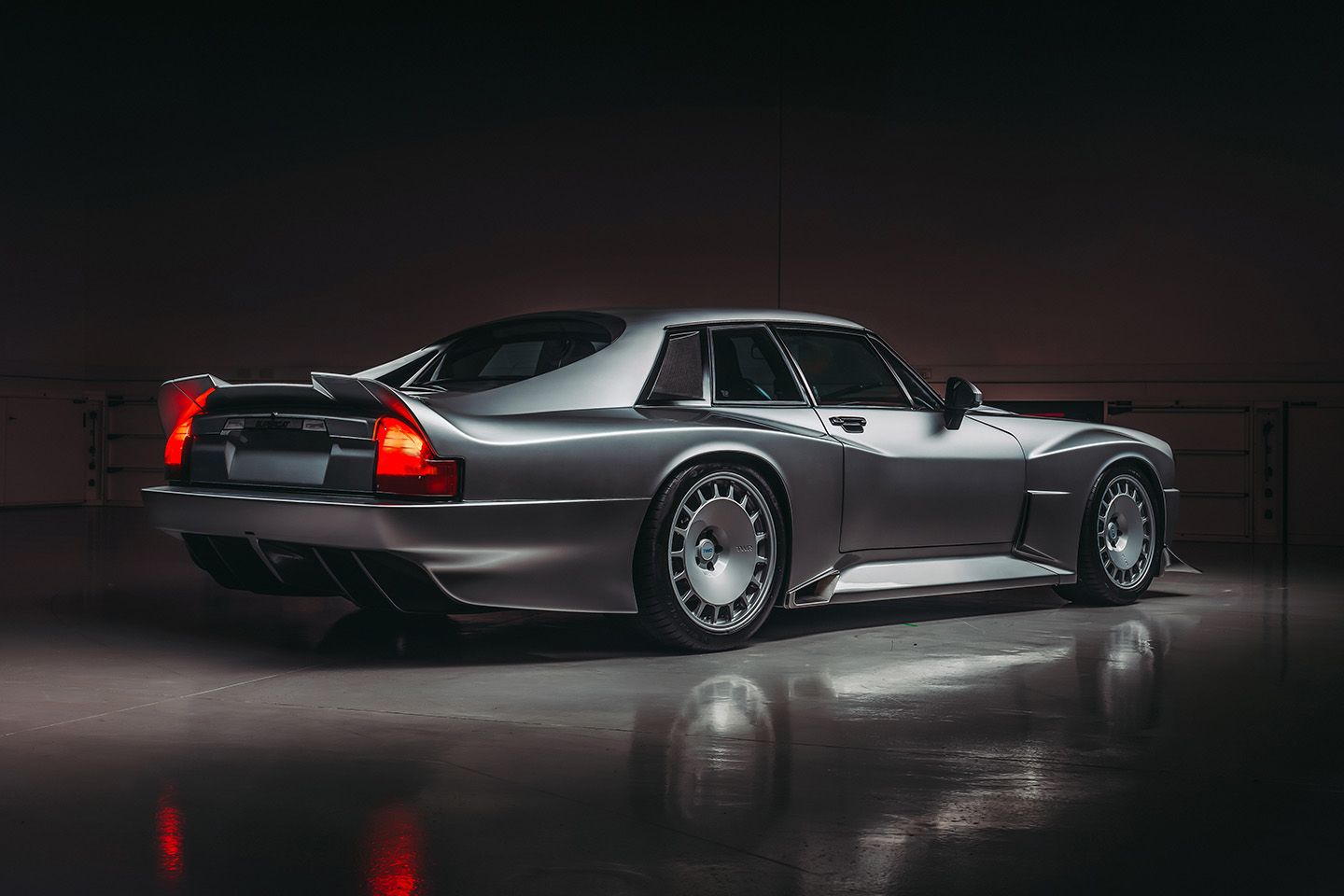

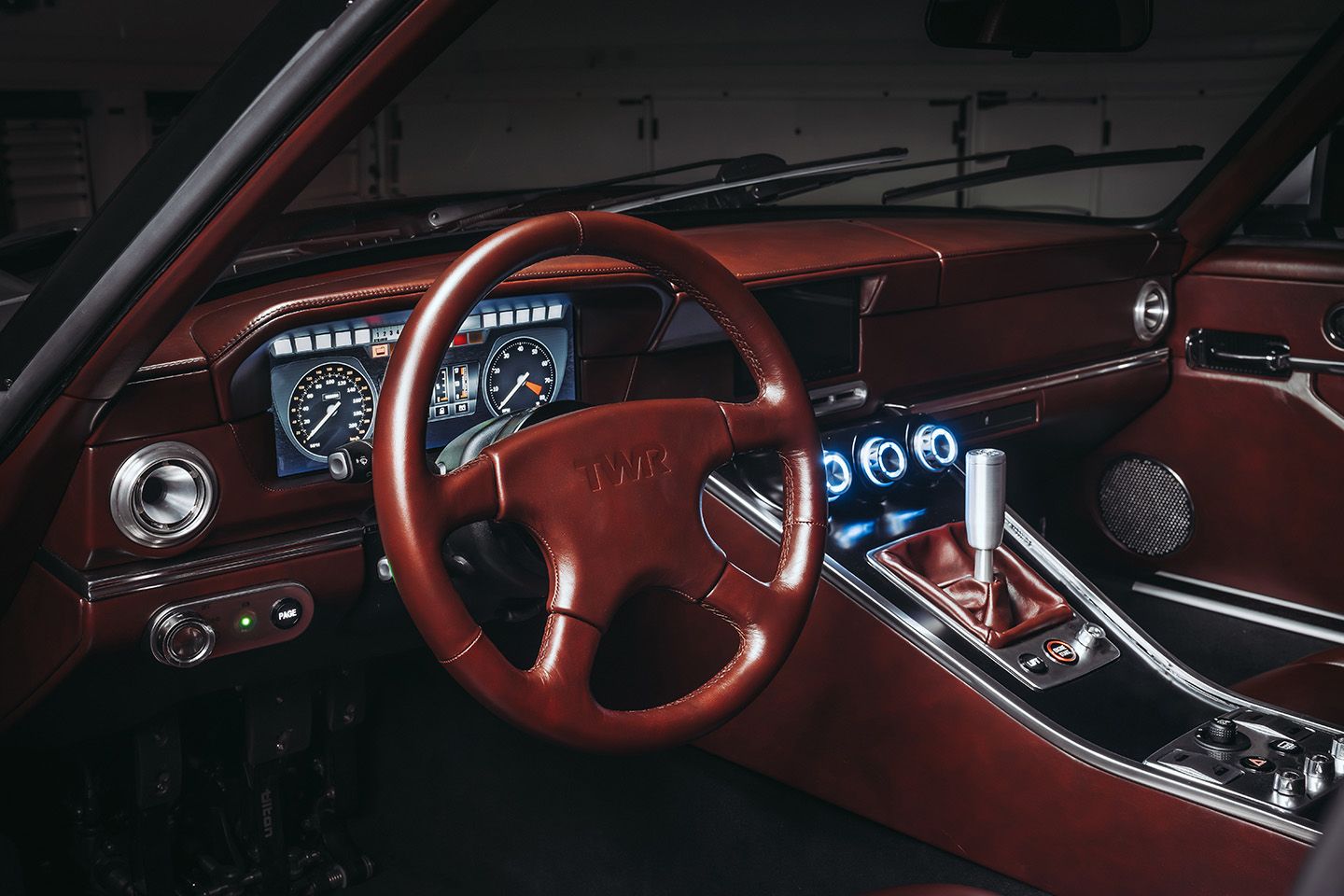
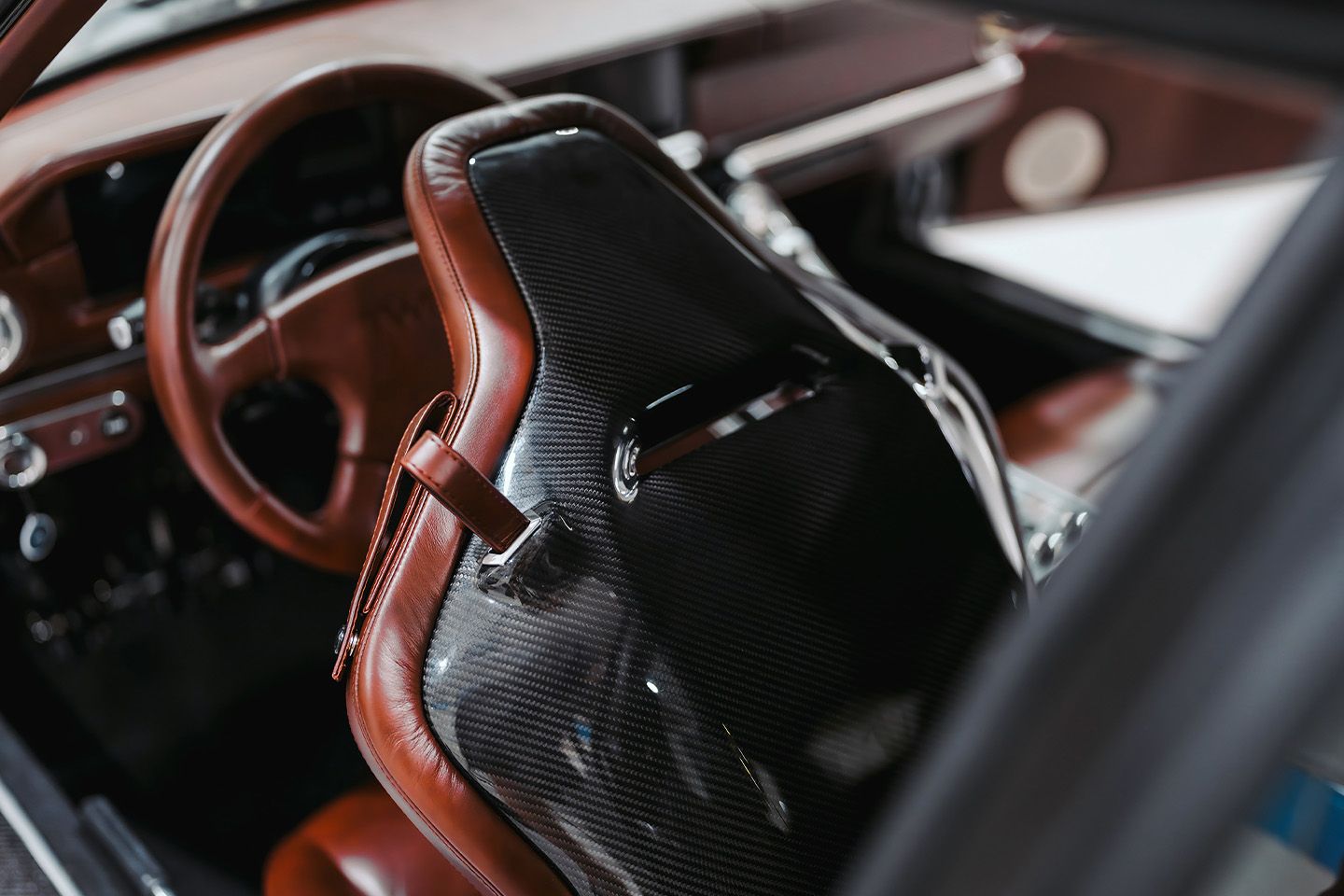
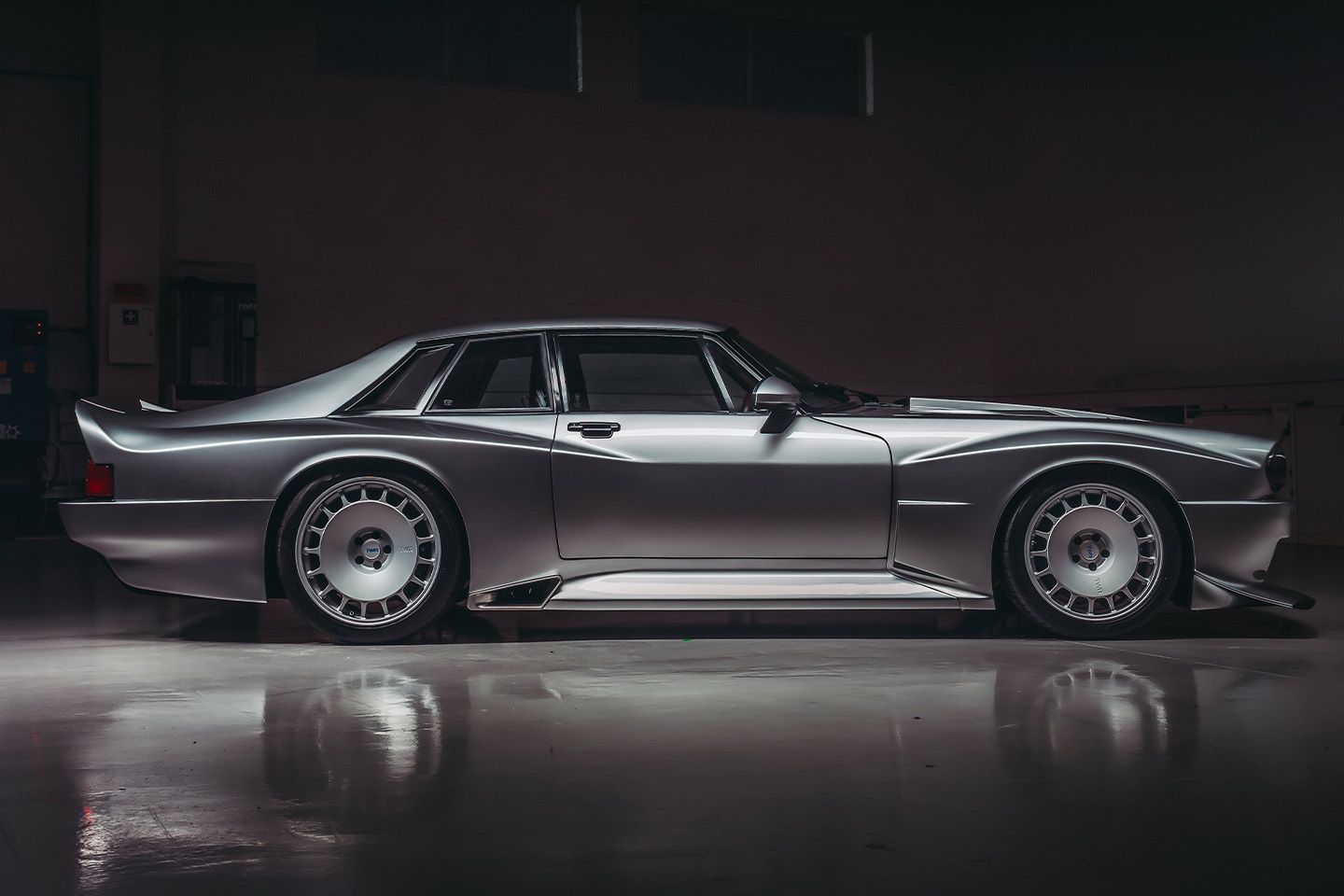
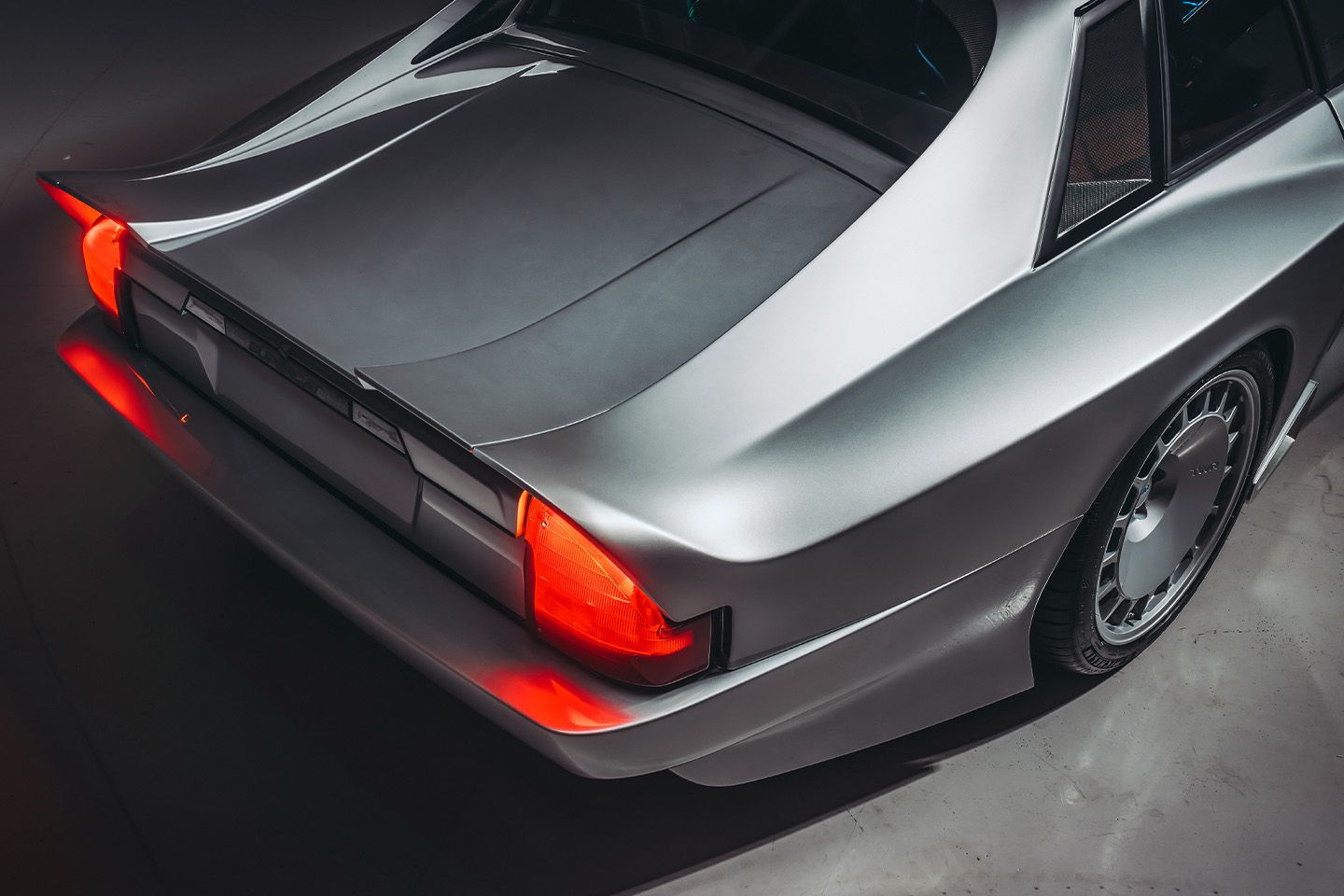
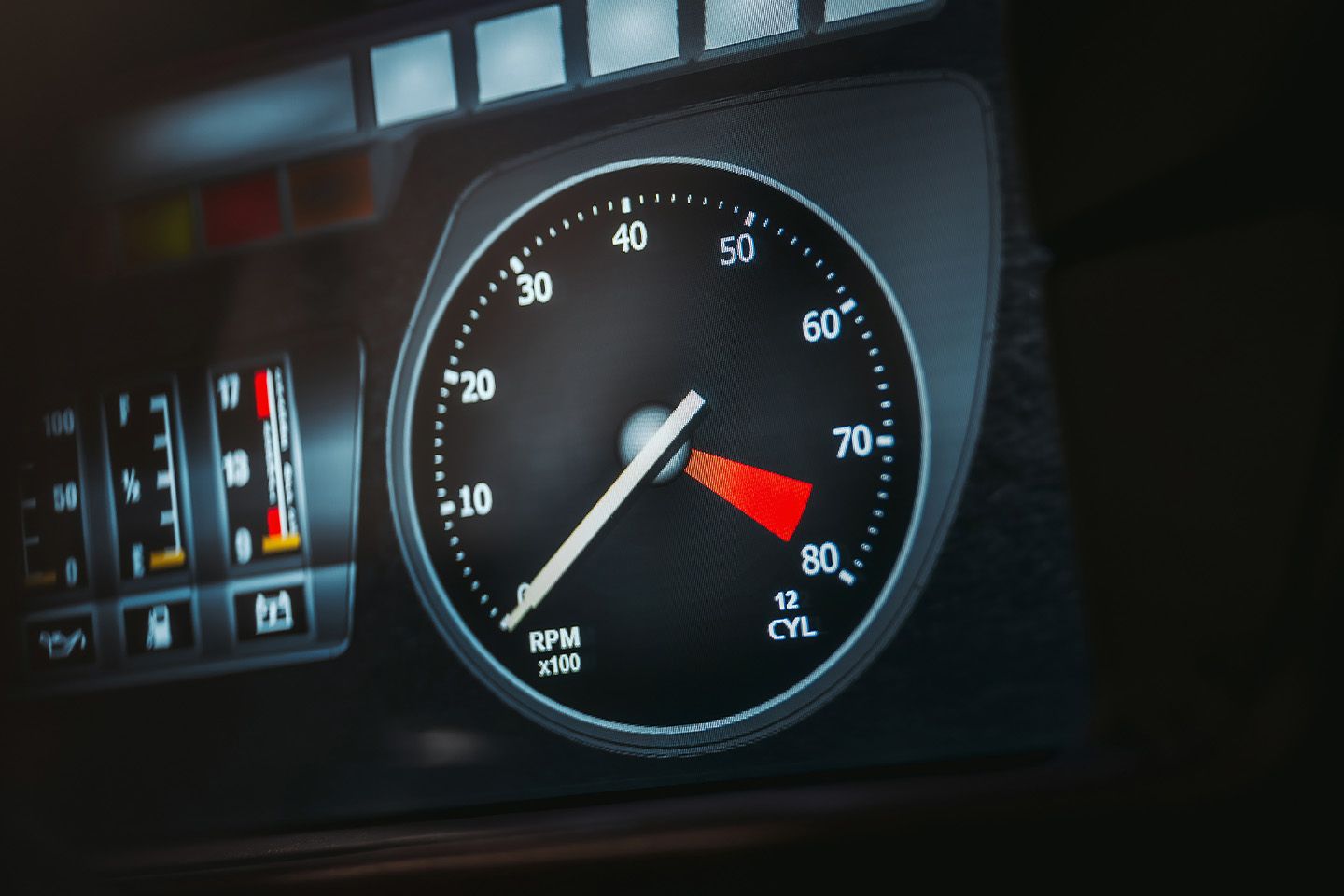
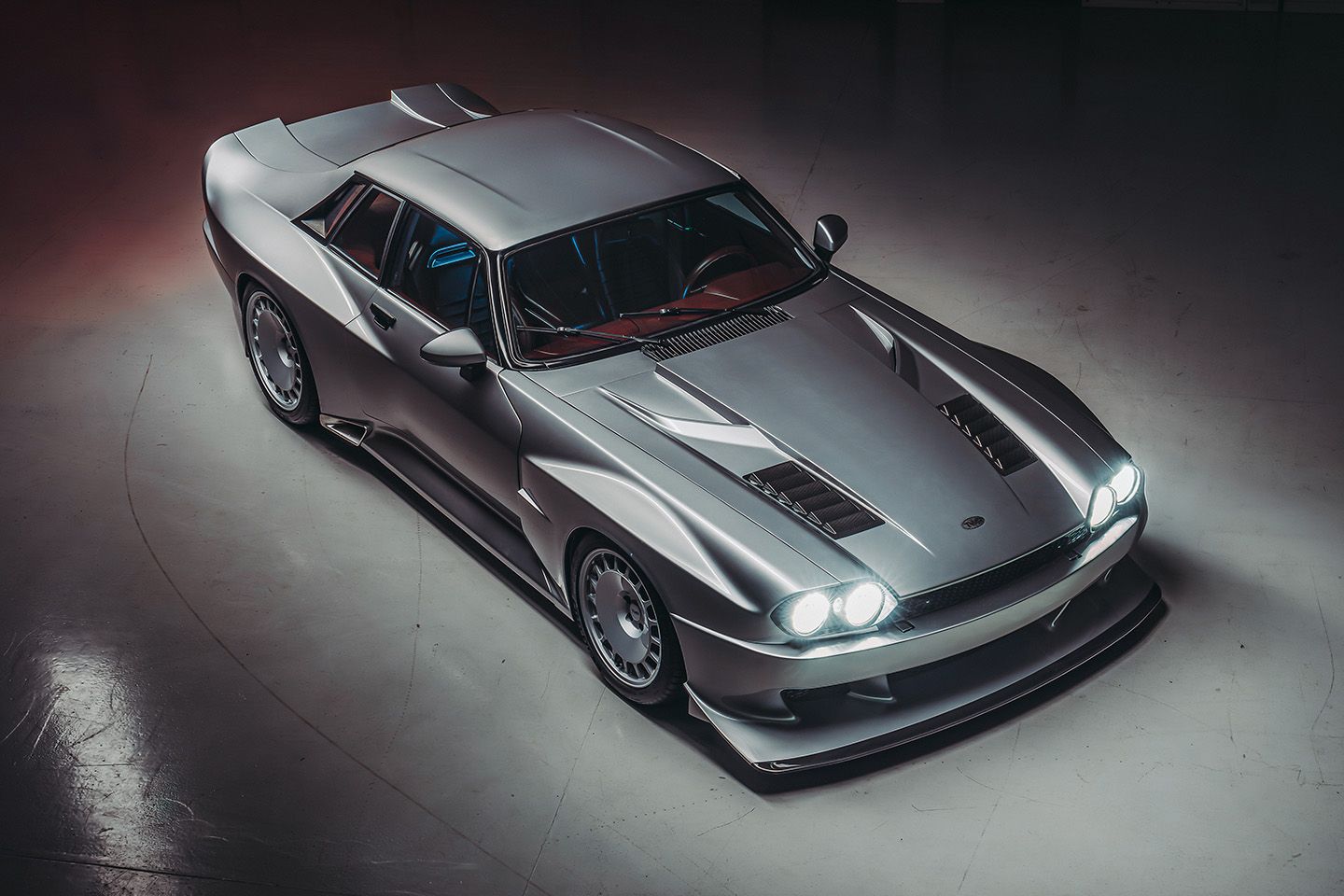
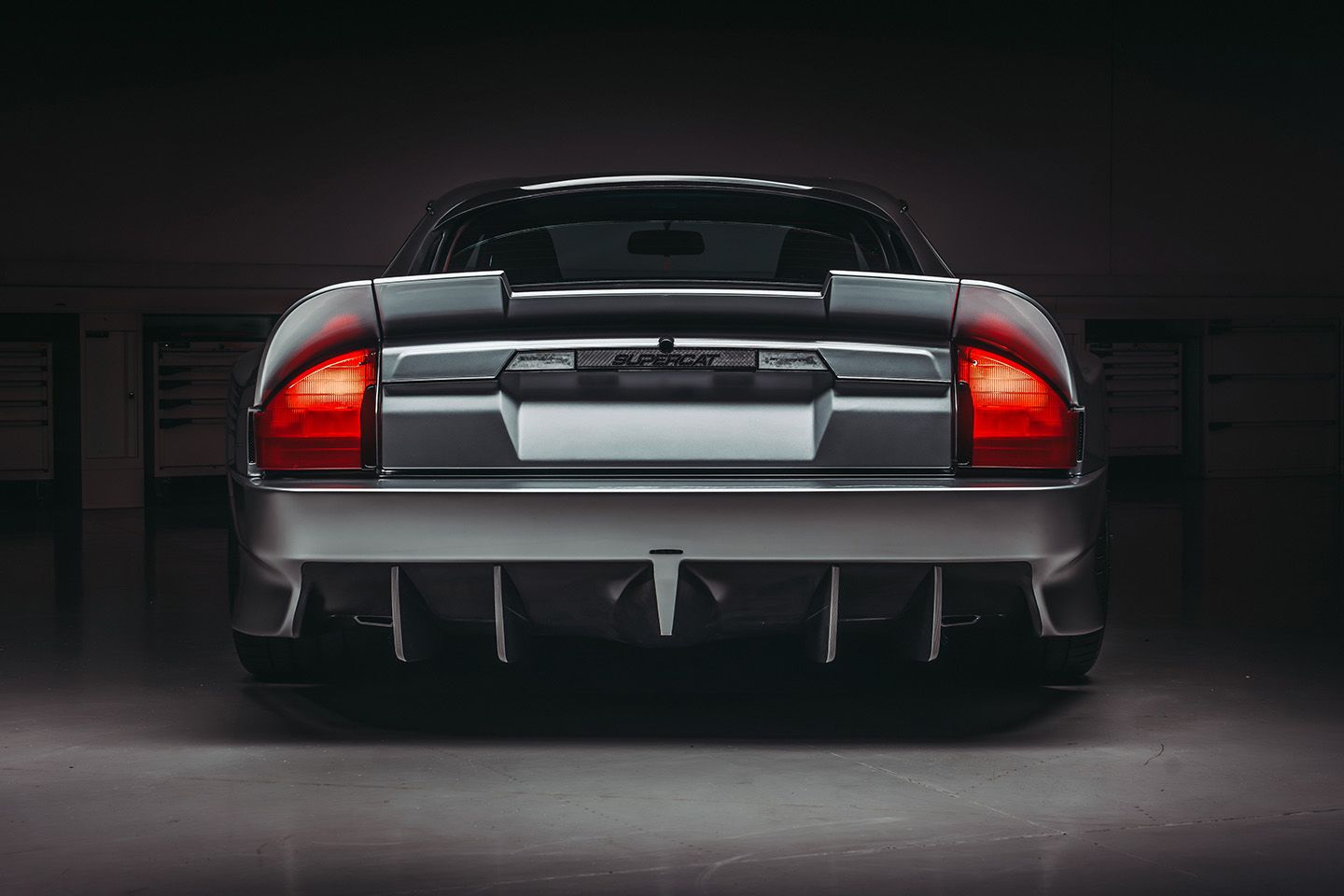
I'm sure the engineering is sound but I know the person who designed the body kit isn't a trained automobile designer but a digital artist.
Having said that, for such comprehensive reengineering it’s a bargain compared to most restomods.
Still, I think the wheels are an inch too big at each end, the interior could do with a lot more work and physical instrumentation. Digital dash really doesn’t work on this sort of car.
Interesting TWR kept the buttresses. Lister chose to remove them on their interpretation, but they are an iconic feature of the xjs so it’s nice to see them carried over in this example.
Gassing Station | General Gassing | Top of Page | What's New | My Stuff




